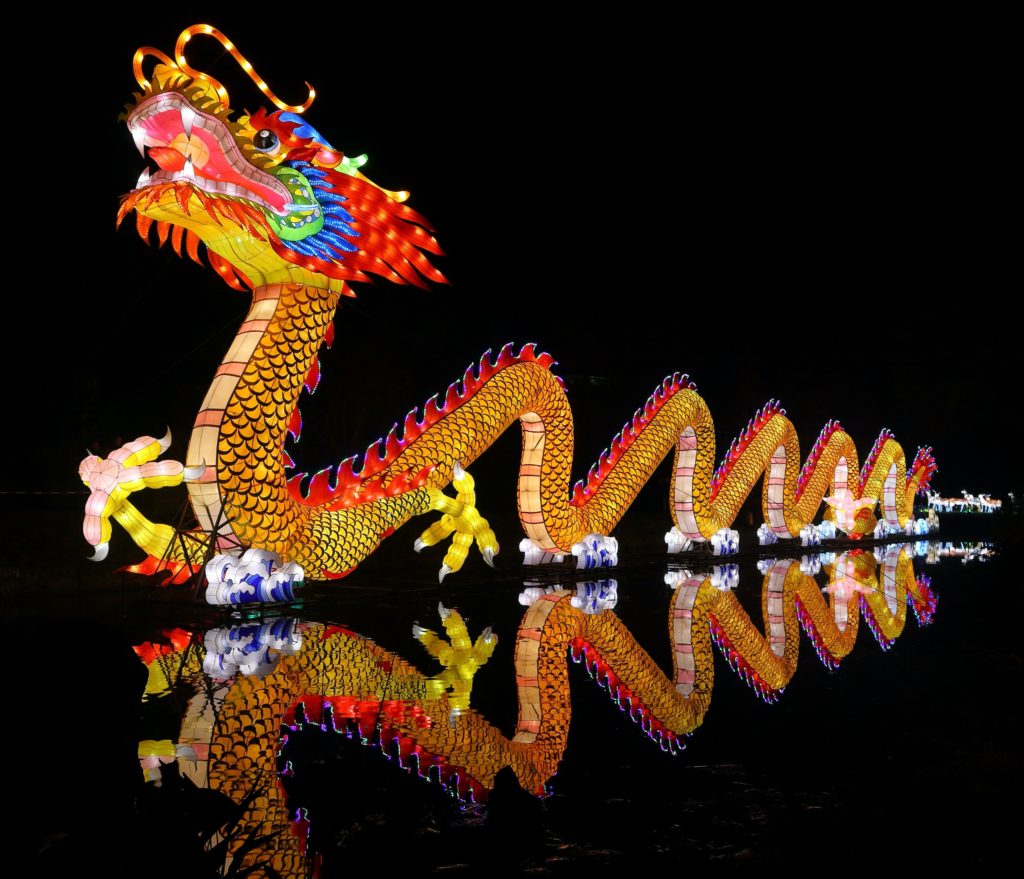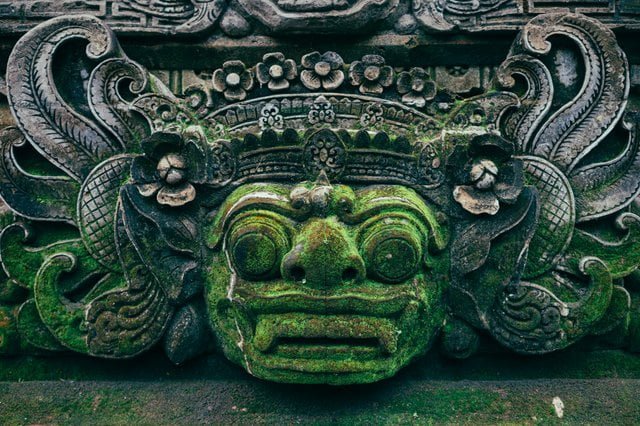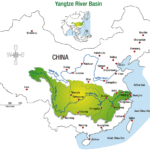The Year of the Dragon 2020/2021
Welcome to the Dragon!

What, or who is the dragon and what is our fascination with this fire-breathing reptile?
In the 2020/21 Chinese Year of the Dragon we have been introduced to this mythological creature in new and spectacular ways – in particular through the rising power of hologram.
What would possess Canada to mint a gold coin with a holographic serpentine image, presumably in celebration of a Chinese Year of the Dragon? Why have we had holographic “reality” shows of the dragon, not only in China, but also in places such as South Korea? For what reason would advertisements agents use holographic dragon images to promote 5G networking? There is a sudden excess of dragons in computer games, and even in children’s movies[1]. Why on earth do we have this focus on dragons?
The Aztec images show the dragon as a devourer of humans and in the person of Quetzalcóatl, he was deeply revered as a god. This feathered serpent appeared in every aspect of Aztec culture; he appeared in the role of creator of the cosmos and figured in the creation of mankind. Worship of the dragon was related to the gods of wind and rain holding therefore a place of vital importance to a society dependent on agriculture. He was revered in the dawn of each new day but his wisdom reached far beyond those basic needs.

Aztec high priests included Quetzalcóatl in their titles to denote their elevated rank. He served as the patron of the arts and science, as inventor of the calendar and letters, the protector of goldsmiths and other craftsmen.
Quetzalcóatl left by boat as he came, with a solemn promise that he would return. So it was from the Aztecs that we gained the expectation of Quetzalcóatl’s reappearance and from the Mayans that we anticipated a date. Curious that it coincided with the Year of the Dragon 2012/13, but as we look to 2021 as the culmination of this Chinese celebration, is it possible that their dating system was just that little bit confused? Is the Dragon about to make his reappearance in the form of a new Quetzalcóatl?
The Dragon: Consumer and Devourer of Man
The Temple of the Feathered Serpent, also known as the Temple of Quetzalcóatl, is adorned with 260 carved dragon heads. This pre-Columbian site at Teotihuacan in central Mexico is also known for the skeletal remains of more than a hundred bodies, presumed to have been victims of sacrifice, buried beneath the structure. In fact, human sacrifice played an integral part in the of worship of the dragon. And it seems that human sacrifice is still required to appease him.
It could be said that the nature of the dragon is shown today through the Chinese hierarchy. Consider for example, the disappearance into re-education camps of many of the Muslim Uighurs in the Xinjiang region of China – the persecution and “re-education” of this minority group has continued for decades without redress. China claims Xinjiang, the Uighur Autonomous region, as their own, and the Uighurs obviously stand in their way. This reign of terror may not directly involve human sacrifice, but it shows the nature of the Dragon – a fire-breathing persecutor – a god of terror.
Not only does the CCP persecute Muslims and other religious groups such as Tibetans and Buddhists, but there is persistent persecution of their own people. The Falun Gong, a meditative spiritual practice, also runs counter to the atheistic state policy and in July 1999 the Chinese Communist Party launched a compaign to eradicate the practice. Falun Gong adherents are heavily persecuted. It is estimated that hundreds of thousands – perhaps even millions – have been committed to labour camps for re-education, and they are said to receive the longest sentences and the worst treatment. Many Falun Gong practitioners have died under torture and, reportedly, many more have been killed for the harvesting of their organs. China’s organ transplant industry has grown exponentially over the years without any explanation as to the source of organs.[2]
Then there is the present flooding of the Yangste River, which twists and turns through many of China’s provinces much like the contortions of the dragon itself. In fact, the Yangste drainage basin, with all its many tributaries, maintains the shape of a well-fleshed dragon with its mouth in Shanghai and tail in the Autonomous Prefecture of Yushu, Tibet! The Three Gorges Dam was built below the site of a temple dedicated to the god of the underworld, complete with a devilish idol and maimed and dying humans at its feet. This damming of the Yangste River was said to be the triumph of the Chinese Communist Party. Twenty-eight million cubic metres of concrete and 463,000 metric tons of steel were incorporated into its design: it spans 2,335 metres with a maximum height of 185 metres – it is indeed a great accomplishment. But was the damming of the Yangste a triumph or a potentially catastophic mistake?
The floodgates of the dam of were recently opened at night with no prior warning to inhabitants down-river. For some reason the Chinese Communist Party issued the flood warning the following day too late for those who drowned in their sleep, or were electrocuted in its wake!
After weeks of torrential rain, the Three Gorges Dam is reputedly unsound and has “shifted, cracked and moved”, under the excessive pressure of flood water. Should it collapse, the result would be nothing short of catastrophic for the low-lying areas of the basin and the millions of Chinese who live there.

The last paragraph of Part 1 of Opus Dei goes back to the Mayan prophecy of the return of a man in the image of Quetzalcóatl. Later in Opus Dei you read of his rise to power as head of world government. During this last decade something, rather like the Three Gorges Dam, has shifted, cracked and moved.
December 21, 2012, also fell within the year of the Dragon and, although my writing may have been fanciful, darkness has entered the world. We are living in the Corona virus era, a time when life has become uncertain and strange: where an unnamed terror lurks out of sight and could lead to a horrible death. The power of the Dragon is on the loose!
2012
New Agers gathered expectantly in the ancient Mayan temples and worshipped around their sacred fires and, as the 21st December coincided with the winter solstice, the curious mingled with self-styled Druids to watch the winter sun breach the gap in the stone circle at Britain’s Stonehenge. But the day dawned and went with none of the promised upheavals. Between the dimming of the Chanukah lights and the celebration of the arrival of the Light of the World, the Power of Darkness had slipped into the world unnoticed.
Look out for my next post – The Dragon of Revelation.
[1] Dragon Rider
[2] Ethan Guttman estimates that between 2000 and 2008, 65,000 Falun Gong practitioners were killed for the harvesting of their organs.
